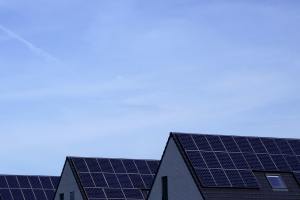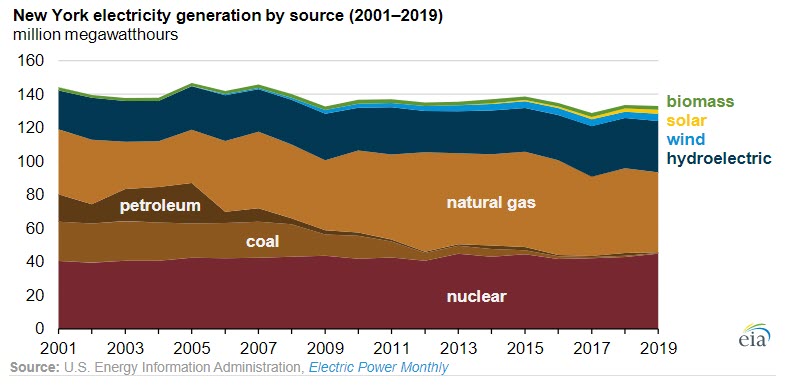
The following commentary was written by Karl R. Rábago. Rábago provides consulting advice on clean energy issues across the U.S. from his home in Denver, Colorado. For more than five years, he led the prestigious Pace Energy and Climate Center at the Pace University Elisabeth Haub School of Law in White Plains. And before that, he served as a law professor at the U.S. Military Academy at West Point. See our commentary guidelines for more information.
Progressive states across the country are in competition to lead in clean electricity. California lawmakers have laid out the framework for a 100% clean electric grid by 2035. New England states share a group vision statement for a greener grid. In the Empire State, Gov. Kathy Hochul declared a goal of 70% of renewable electricity by 2030, with the important stipulation that the state reach 6 gigawatts of energy storage by that same deadline.
Her framework relies heavily on utilities and regulators to make this happen, but roadblocks to large-scale storage are popping up left and right. To get to our 6-gigawatt goal, residential solar and storage will be a crucial part of our efforts.
Residential storage (solar and batteries connected to homes and businesses) is easy to get up and running because it’s free of the red tape that plagues large institutions. And, in New York, red tape is everywhere. Due to clerical issues and a bit of foot-dragging, utilities aren’t adding large storage capacity in time to meet the statewide goal. These large-scale energy storage operations will take years to come online.
Meanwhile, installing home solar panels and battery systems can take just days. Combined, enough homes with solar and batteries can offset an entire power plant — good news as the Empire State continues retiring fossil fuel facilities. And, if you still question the impact, residential systems were named by the governor herself as key components to reaching the 2030 goal.
Sign up for Energy News Weekly
Get the most important energy news of the week delivered directly to your inbox.
This isn’t just about hitting the 2030 mark. Residential solar and storage have proven to significantly improve the safety and lives of those who install these technologies.
As a clean energy expert and advocate, I know that solar paired with storage provides crucial backup power to households enduring extreme weather events. Installing panels and a battery is an increasingly quick, painless, and beneficial process.
Through my work with the Energy and Climate Center at Pace Law School, I’ve been directly involved in developing and expanding the state’s energy framework. Take it from me, we can’t discount the immediate benefits that residential storage provides while we wait for utilities to overcome their inertia.
The opportunity for progress in New York is massive. Already, New York has existing mandates to help expand solar and storage incentives. In December, state officials released an extensive roadmap to help power providers meet our storage goals, which emphasized the importance of small-scale solar and storage. Protecting programs like net metering will remain crucial to growing our residential solar and storage footprint, especially since distributed solar and distributed generation complement each other so well.
But that’s just the start to expand and protect this vital resource. Additional options include state-mandated programs, like tax credits and special financing programs, to help ensure affordability and therefore rapid residential storage growth. This would help propel New York toward its clean energy goals, and ensure a better home energy experience for ratepayers with reliable, affordable electricity.
The stakes couldn’t be higher. We’ve seen the threats of climate change in New York and far beyond. After all, the state of the planet is why we’re cleaning the grid in the first place. This is more than friendly competition with other climate-conscious states; it’s our planet’s future. It’s our future.
The electric sector accounts for 30% of carbon emissions. Cleaning our chunk of the grid (with renewables and storage from the home batteries) is a crucial step in not only curbing climate change, but protecting ourselves from its resulting disasters. While homeowners can do their part by installing solar and storage, they need reassurance and action from the government, utilities and regulators to keep going and growing.



